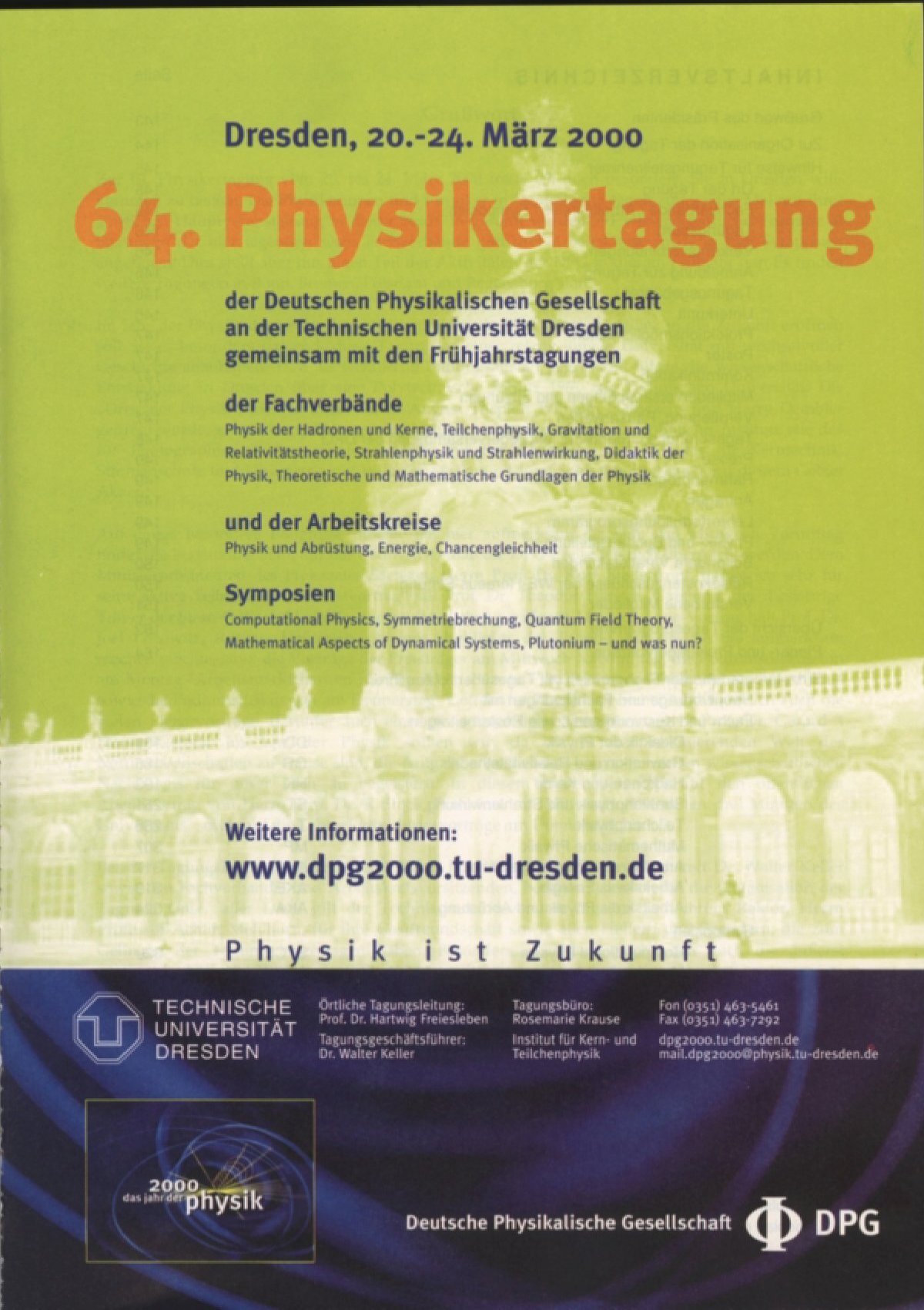
### The Revival of Archimedes’ Concepts and Their Significant Impact on Sixteenth-Century Science
The sixteenth century marked an extraordinary revival of enthusiasm for classical writings, signaling the resurgence of Archimedes’ scientific and mathematical concepts. A significant force behind this revitalized interest was the release of Archimedes’ crucial work *On Floating Bodies* in both Italian and Latin, facilitated by the polymath Niccolò Tartaglia (1499–1557). This revival of Archimedean ideas—largely inactive since ancient times—ignited essential advancements in physics, especially in the fields of dynamics and hydrostatics. Particularly, Tartaglia’s contributions not only preserved these concepts but also spread them, thereby establishing a groundwork for intellectual titans like Benedetti (1530–1590), Stevin (1548–1620), and Galileo (1564–1642) to challenge the prevailing Aristotelian understanding of natural phenomena.
This article investigates how Archimedes’ *On Floating Bodies* emerged as a crucial reference during the shift from Aristotelian to modern scientific theories, especially concerning falling objects, buoyancy, and hydrostatic concepts. It also looks into how early modern scholars, such as Simon Stevin, expanded upon Archimedes’ principles, leading to a systematic examination of hydrostatics that would support advancements for centuries ahead.
—
### **Revisiting Archimedes: From Publication to Analysis**
The printing revolution in the fifteenth and sixteenth centuries was instrumental in rendering ancient texts broadly available. Tartaglia’s translation of *On Floating Bodies* represented the first thorough introduction of Archimedes’ ideas to Renaissance Europe. However, it was not just the translation itself, but also the enhancement and interpretation of these texts that played a crucial role. Federico Commandino (1509–1575), an Italian humanist and mathematician, offered a significant commentary on Tartaglia’s Latin version, correcting inaccuracies and improving its analytical rigor. Commandino’s 1565 edition, released in Bologna, became an essential scholarly work for further investigation into Archimedes’ principles.
This trend was prevalent in Renaissance scholarship, where classical works were not only reproduced but also reassessed and modified for modern application. Commandino’s meticulous preparation of the text is credited with making the foundational ideas of *On Floating Bodies* understandable to thinkers like Simon Stevin, thereby fostering the discipline of hydrostatics.
—
### **Key Contributions of Archimedes in *On Floating Bodies***
Archimedes’ *On Floating Bodies* consists of two books. Book I provides the theoretical underpinnings of hydrostatics, outlining fundamental principles regarding the behavior of fluids and solid bodies within them. This segment starts with a basic assertion regarding pressure and equilibrium in fluids, albeit Archimedes’ terminology can be somewhat obscure. Below is a simplified version of his key concept:
> “Fluids exert pressure on their components according to their vertical position, with increased pressure from those components that are higher up.”
Building on this principle, Archimedes famously formulated his law of buoyancy, first articulated as Proposition 7 in Book I. The contemporary version of the Archimedes Principle—best recognized by most people—is as follows:
> *“Any object fully or partially submerged in a fluid experiences an upward force (buoyancy) equal to the weight of the fluid displaced.”*
This straightforward yet impactful principle transformed our comprehension of why objects either float or sink, laying the scientific foundation for buoyancy. Furthermore, the notion that a submerged body displaces an equivalent volume of water—immortalized in the renowned *Eureka* anecdote—provided practical insight into the measurement of volumes and densities.
Book II of *On Floating Bodies* further explores geometry and hydrostatics, scrutinizing the equilibrium of paraboloid-shaped bodies in fluids of varying densities. This work is often regarded as one of Archimedes’ greatest mathematical accomplishments and has direct implications for naval engineering, particularly concerning the design and stability of ship hulls.
—
### **Simon Stevin: Advancing Archimedean Concepts**
Simon Stevin (1548–1620) continued to propagate Archimedes’ legacy, making substantial strides in the realm of hydrostatics. Influenced by Commandino’s Latin edition, Stevin published *De Beghinselen des Waterwichts* (*Principles on the Weight of Water*) in 1586. This work, the first methodical study of hydrostatics since Archimedes, applied Archimedean principles to broader and more practical contexts.
In contrast to Archimedes, who regarded the Earth’s surface as spherical, Stevin contended that water surfaces should be perceived as flat and that vertical lines were parallel rather than converging. These distinctions were grounded in practical observations and supported by his hypothetical experiments with perpetual motion, which illustrated the impossibility of self-propelling water systems.
Stevin also clarified